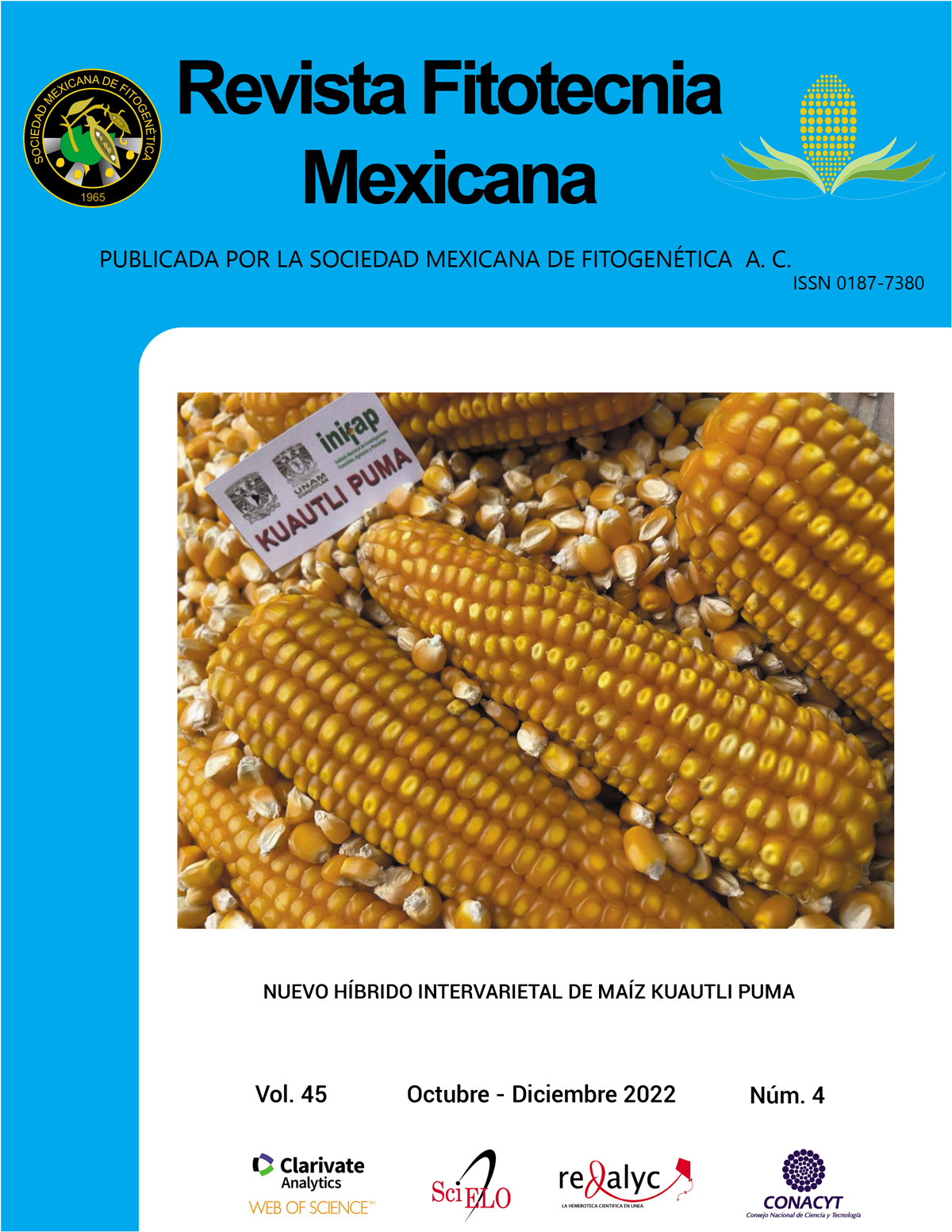FEEDING PREFERENCE OF THE BORER Macrocopturus aguacatae KISSINGER (COLEOPTERA: CURCULIONIDAE) ON AVOCADO VARIETIES
Main Article Content
Abstract
Among coleopterans of agricultural importance, the Curculionidae family stands out, and among these, the weevil Macrocopturus aguacatae Kissinger is recognized as a pest that bores into avocado (Persea americana Mill.) branches. The objective of this study was to evaluate feeding preference of Macrocopturus aguacatae under laboratory conditions. To assess the preference of M. aguacatae, 23 avocado varieties were evaluated using branches of 2.0 to 2.5 cm in diameter and 30 cm in length, for each variety five replications were used. In an experiment without option all the branches of the varieties were placed into a transparent plastic box, where eight pairs of adult females and an equal number of adult males of the borer were introduced for 25 days to record the damage caused by feeding and oviposition on the branches. There were significant differences between varieties in the number of holes caused by feeding of the branch borer, with a 95% confidence level. The Kruskal-Wallis test determined that the most attractive varieties for feeding were Fuerte, Colin V-33, Hass, Pinkerton, Pionero, Aries and Aguilar, while the least attractive were Day, Fuerte Negro, Reed, Maluma and Jiménez II.

